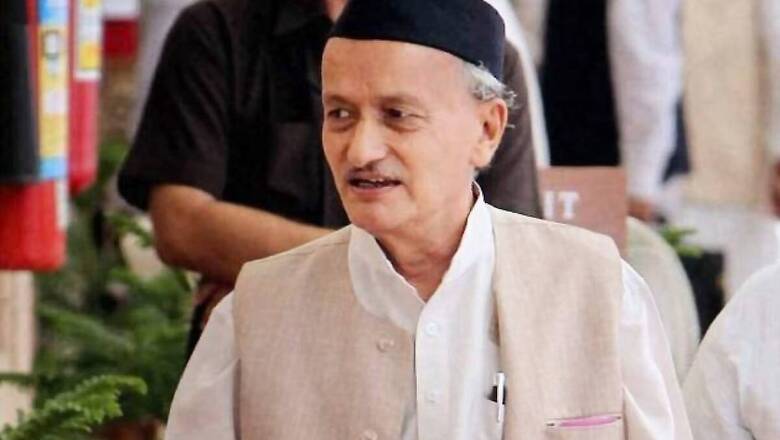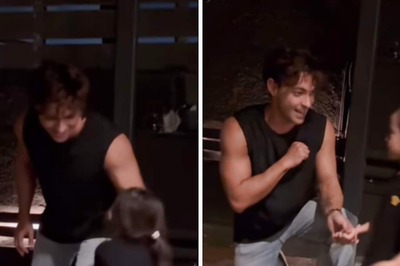
views
Shiv Sena leader Kishor Tiwari and CPI(M) on Tuesday urged the President of India to immediately sack Maharashtra Governor Bhagat Singh Koshyari after the latter took a jibe at Chief Minister Uddhav Thackeray questioning his Hindutva credentials.
Here are the key constitutional provisions, laid down by the Supreme Court, and some recommendations made by different commissions that have examined this issue.
Q.What is in the Constitution regarding this?
As per Article 155 and Article 156 of the Constitution, a Governor of a state is an appointee of the President, and he or she holds office “during the pleasure of the President”. If a Governor continues to enjoy the “pleasure of the President”, he or she can be in office for a term of five years. Because the President is bound to act on the aid and advice of the Council of Ministers under Article 74 of the Constitution, in effect it is the central government that appoints and removes the Governors. “Pleasure of the President” merely refers to this will and wish of the central government.
Q.What is the BP Singhal vs Union of India case?
In 2010, a constitutional bench of the Supreme Court interpreted these provisions and laid down some binding principles (BP Singhal v. Union of India). In this case, the newly elected central government had removed the Governors of Uttar Pradesh, Gujarat, Haryana and Goa in July 2004 after the 14th Lok Sabha election. When these removals were challenged, the Supreme Court held:
The President, in effect the central government, has the power to remove a Governor at any time without giving him or her any reason, and without granting an opportunity to be heard.
However, this power cannot be exercised in an arbitrary, capricious or unreasonable manner. The power of removing Governors should only be exercised in rare and exceptional circumstances for valid and compelling reasons.
Q.Can the decision to remove Governor be challenged?
Yes, in such cases, first the petitioner will have to make a prima facie case of arbitrariness or bad faith on part of the central government. If a prima facie case is established, the court can require the central government to produce the materials on the basis of which the decision was made in order to verify the presence of compelling reasons.
Three important commissions have examined this issue. The Sarkaria Commission (1988) recommended that Governors must not be removed before completion of their five year tenure, except in rare and compelling circumstances.
The Venkatachaliah Commission (2002) similarly recommended that ordinarily Governors should be allowed to complete their five year term. If they have to be removed before completion of their term, the central government should do so only after consultation with the Chief Minister.
The Punchhi Commission (2010) suggested that the phrase “during the pleasure of the President” should be deleted from the Constitution, because a Governor should not be removed at the will of the central government; instead he or she should be removed only by a resolution of the state legislature.
Read all the Latest News and Breaking News here




















Comments
0 comment